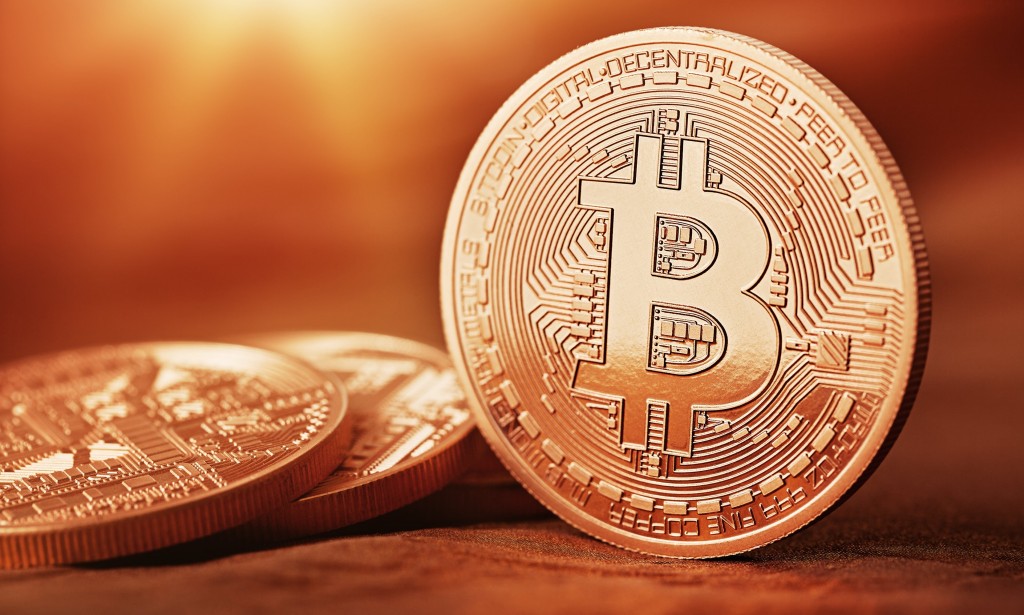As of this writing, the rolling Bitcoin supply is about 17.6 million coins out of a total of 21 million coins. You'm probably wondering why there's a maximum supply of 21 million coins, but the answer is pretty clear and lies in the reality we live in, and it's called inflation. Immediate inflation is an increase in prices, but the actual significance behind it is even greater. Inflation means (mostly) an economic policy of printing money and in most governments in the world today, there is no maximum limit on this printing. Since governments print money indiscriminately, the value of the money we hold goes down, which is interpreted for us as rising prices.
Suppose we are now in a kindergarten that contains 20 children. The nice kindergartener opens a trading market of only one product, apples. Ten children receive an apple, while the remaining ten receive one shekel, each. Since there are ten apples and ten shekels on the market, it can be concluded that the price of each apple is only one shekel. Now, the kindergarten teacher 'prints money', and randomly distributes ten shekels to some of the children. Now, there are twenty shekels on the market - but only ten apples. This means that the addition of the new funds to the market caused the price of the apple to rise by one weight - to two shekels. Satoshi Nakamoto in his genius created a coin that could no longer be printed from so that Bitcoin holders could know for sure that there is no centralizing factor that can instantly decide that it is lowering the monetary value they hold.
Let's get back to business. To date, about 83% of the coins have gone into circulation, which means that 17% still need to emerge, through the mining process that will be explained later in the article. At trial, bitcoin coin mining is meant to reward the bitcoin miners who operate the network. The reward that miners receive is precisely the inflation in bitcoin currencies. Today, each block mined contains a reward of 12.5 Bitcoin coins received by the miner. In a quick calculation, about 1800 bitcoin coins are added per day (block every 10 minutes). However, in the Bitcoin protocol there is a law called Halving (from the language cut in half). This law means that every 4 years on average the remuneration for miners will be cut in half, so that the rate of inflation will decrease over the years. This means that in 2020 the remuneration for miners will decrease from 12.5 coins per block, to 6.25 and so on. Finally, in 2140 the last Bitcoin is expected to join the circulation.
Another issue that is important to highlight (and concerns we need to remove) is the division of Bitcoin into units. Just as one shekel is divided into 100 cents, so one bitcoin can be divided into 100,000,000 Satoshis (named after Satoshi Nakamoto). This means that you do not have to purchase their Bitcoin (as an investment or for daily use), but you can also purchase parts of it. By the way, there is already a process going on today in the international Bitcoin community of the transition from using Bitcoin to using Millie-Bitcoin.
mBTC = 0.001 BTC
Agreed with me that it would be much friendlier to hear that the price of Milli-Bitcoin is $ 4, instead of being scared of the Bitcoin price of $ 4,000.



You must be logged in to post a comment.